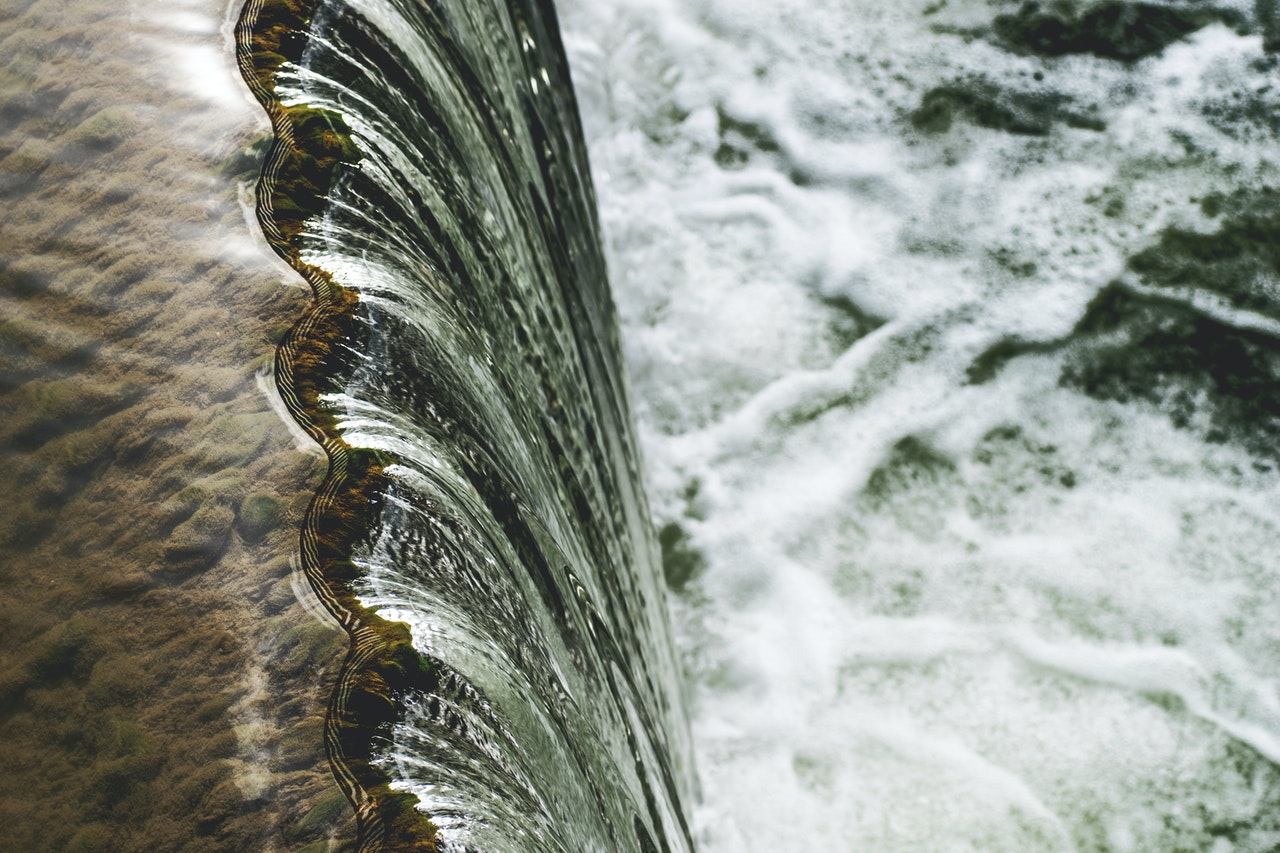Researchers in the UK have created devices made from readily available and environmentally friendly photographic materials that can produce pure hydrogen from water within weeks, The Brighter Side reported.
A research team led by Dr. Virgil Andrew of St John’s College, Cambridge University, together with scientists from Imperial College London, set out to solve one of the key problems in the production of hydrogen fuel, which was that modern light-absorbing materials are limited either by their performance or stability.
Hydrogen fuel will be critical in the UK’s transition to zero carbon by 2050. Since hydrogen is mostly produced from fossil fuels, researchers are looking into how to produce hydrogen in a more sustainable way.
One way to achieve this is to create devices that collect sunlight and split water to produce “green” hydrogen.
Although many light-absorbing materials have been tried for this purpose, most of them quickly decompose when immersed in water. And such promising ones, from the point of view of light-harvesting efficiency, as perovskites, contain lead, which causes additional environmental risks.
Bismuth oxyiodide (BiOI) is a non-toxic alternative to semiconductors that has previously been overlooked for use in solar panels due to its poor stability. But, based on previous findings about the potential of BiOI, the British researchers decided to reconsider this material’s prospects for producing green hydrogen.
Dr Robert Hoy, Lecturer in Materials at Imperial College London, explained: “Bismuth oxyiodide has energy levels in the right parameters for water splitting. Several years ago, we demonstrated that BiOI solar cells are more stable than those using modern perovskite light absorbers. We wanted to see if we could translate that stability into clean hydrogen production.”
The research team has created devices that mimic the natural photosynthesis process in plant leaves, except that pure hydrogen is produced instead of sugars. These man-made devices were made from BiOI and other sustainable carbon materials, harvesting sunlight to split water into pure hydrogen.
The stability of the devices was later improved by inserting BiOI between two oxide layers. The structure of the device is based on oxide and has been additionally coated with a water-repellent graphite paste to prevent moisture penetration. These measures increased the duration of the light-absorbing pixels to two months, including the storage time of the devices.
New devices with multiple light-absorbing pixels have shown high performance and the ability to scale over a larger area. In addition, the increased efficiency allowed the devices not only to produce pure hydrogen but also to reduce CO2 to synthesis gas (a mixture of carbon monoxide and hydrogen), an essential intermediate in the industrial synthesis of chemicals and pharmaceuticals.

